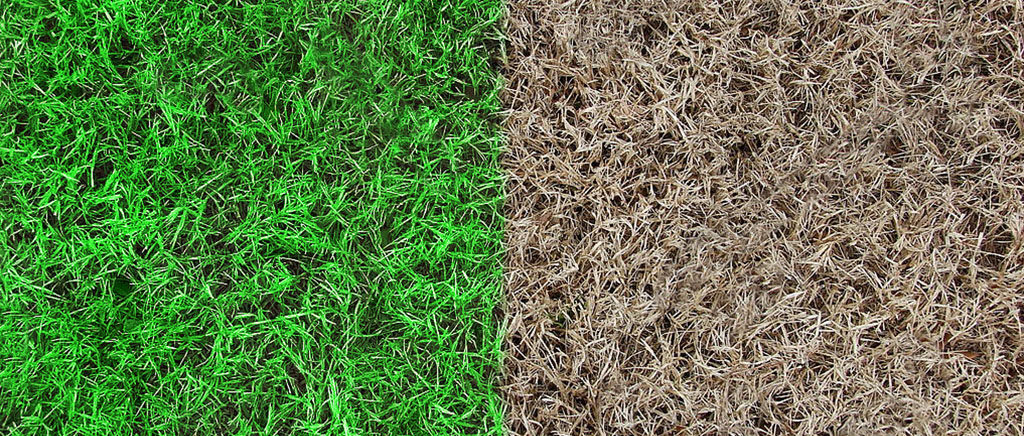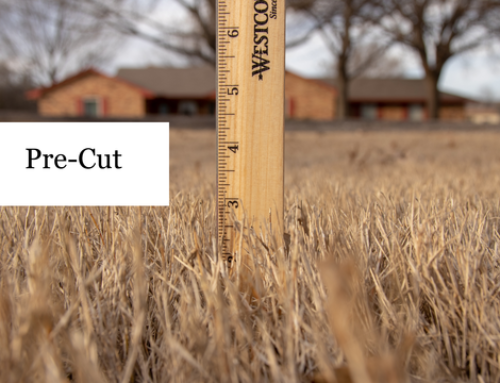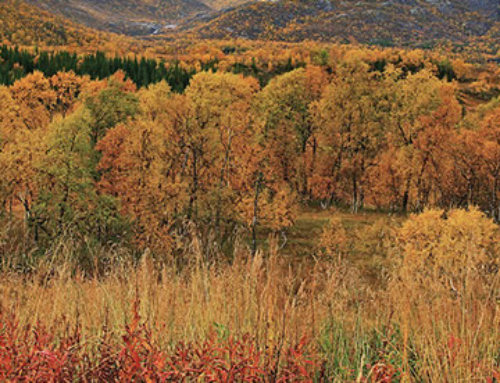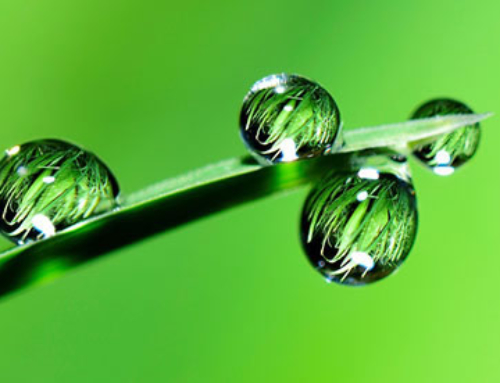Once the 100-degree weather has passed, we get asked about the right time to stop mowing the lawn. As with most lawn care practices, there is an environmental roadmap that lets us know the answer to this question. Let us explore the nature of your grass a little further, so we can answer that all too common question “Is it time to put the lawn mower up for the season?”
For starters, it’s important to note that some of this information can fluctuate based on the type of grass you have in your lawn. Different grass types have “trigger points” that cause them to either grow rapidly or stop growing altogether. Luckily, most grass types go dormant around the same time, but be aware that your grass may react differently due to environmental factors such as the amount of sunlight, water, and soil it receives.
Do you feel a chill in the air? Some people mistake one or two chilly nights as an indicator for the grass to enter dormancy. However, it is not the air temperature that affects dormancy; rather, it’s the ground temperature. The absolute best way to observe ground temperature is to use a thermometer designed for ground temperature reading. If you don’t have one of those, then you can average the air temperature readings of five to ten days to estimate the ground temperature.
As a general rule, grass stops growing when temperatures drop below a consistent 50 degrees during the day. Most warm-season turfgrasses will go dormant shortly after the ground temperatures reach this threshold. In most years, this happens sometime during the month of November in North Texas. If you stop mowing before this threshold, you can risk issues like disease development and overgrowth of grass.
Mowing, even when your neighbors have stopped, adds a benefit to your weed control program. Weed control chemicals may kill weeds, but it does remove the brown, unsightly remnants. A good mow will mulch them, so you don’t see them littered throughout the lawn.
One last factor to consider is, during seasonal transitions the temperatures can fluctuate up and down causing random growth patterns. Maintaining a consistent mowing schedule until the lawn is completely dormant will ensure that it stays healthy and neat through these periods of variability.
Mowing a lawn not only keeps your home looking well-maintained, but it also conditions your lawn for optimal health. Don’t put the lawnmower away after the first chilly night. Wait until the average air temperature is below 50 degrees. Doing so will create a lawn fit for winter and neatly trimmed.






